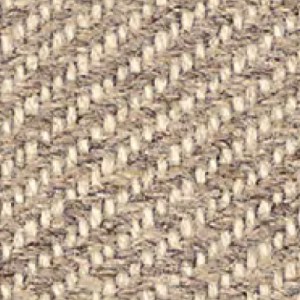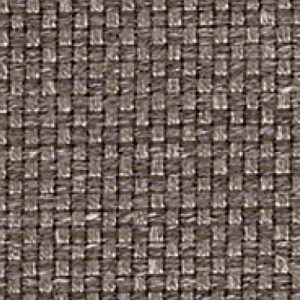
In the mid-Showa era, mosquito nets were one of Japan’s summer symbols. Originally introduced from China during the Nara period as a means of protection against mosquitoes, they reached their peak demand in the 1950s. Bruno Taut also introduced mosquito nets as a symbol of Japanese summer in his writings. However, with the widespread use of aluminum sashes and air conditioning, the demand for mosquito nets declined.
Time & Style focused on the decorative aspect of the space created by mosquito nets and reimagined their presence. The square roof, reminiscent of tea rooms and temple architecture, gives it an iconic impression. The fabric is made of hemp, known for its excellent breathability and heat conductivity, and it also possesses temperature and humidity control functionality. Additionally, to suit contemporary architectural spaces, a wooden frame is used, designed for easy installation.This mosquito net is a challenging product that preserves traditional elements while updating design and functionality.

Materials and finishes
Fabric

13/08

12/80

07/78

05/99

06/77

05/09

03/07

10/84

09/86

02/77

00

75

77

02

71

78

88

1037

1036

1035

1034

1033

1032

1031

1030

1039

1038

White

09

77

75

44

80

88

13/08

12/80

07/78

05/99

06/77

05/09

03/07

10/84

09/86

02/77

00

75

77

02

71

78

88

1037

1036

1035

1034

1033

1032

1031

1030

1039

1038

White

09

77

75

44

80

88







